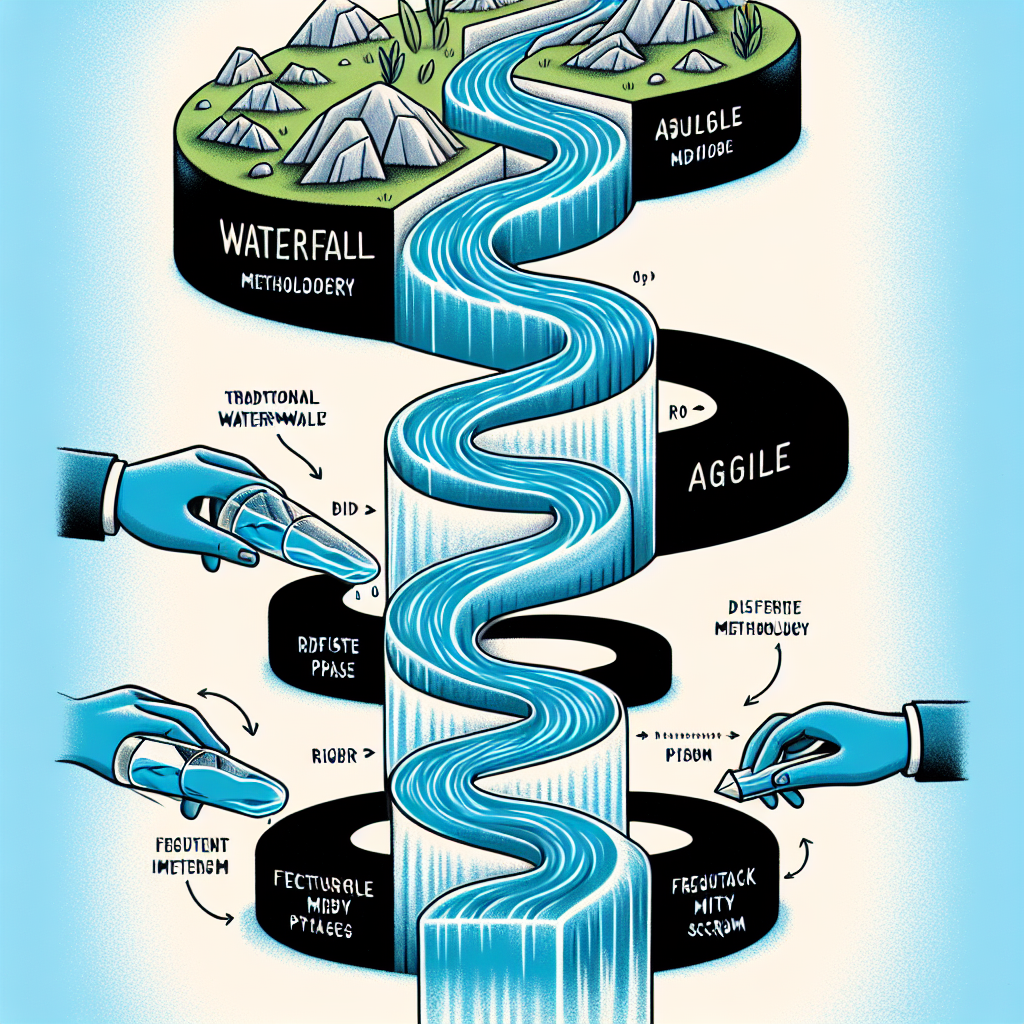Pseudo-Scrum - A Hybrid of Waterfall and Agile

I have something to tell you: you're not truly agile. You may have gone through the motions, performing all the scrum rituals like stand-ups, demos, and retrospectives. You may even have all the requisite tools like JIRA, user stories, and a scrum board. However, if the mindset isn't right, something fundamental is still missing. Here's why:
You Have a Detailed Plan
You're adhering to a strict year-long deadline. Scrum teams calculate velocity based on estimates made during sprint planning. So, how can you expect the scrum team to align with top management's best guesses? When the roadmap is fixed, the scope is unchanging, and the release plan is impractical, you're actually following a waterfall model.
Absence of a True Scrum Master
You may have a Scrum Master on your org chart, but what's their actual role? Often, the person isn't a full-time Scrum Master but a project manager, product owner, or senior developer who isn't wholly committed to the role. When the Scrum Master is juggling multiple responsibilities, things start to derail. Even if you do have a dedicated Scrum Master, they may not be able to address real impediments due to technical complexities or constraints beyond their job description.
No Designated Product Owner
Someone needs to be in charge of the product, but often that person is preoccupied with other priorities. Without a clear vision and product ownership, feature development may go awry. This is particularly true when requirements are dictated by external senior directors, leading to wasted development efforts. While the product owner should make these decisions, few are willing to take the risks and many are unsure of what they actually want.
Lack of a Budgeting Strategy
Story points are not a substitute for budgeting. When you manipulate estimates to secure more funds and time, or negotiate downward to meet budget constraints, you lose sight of the team's true velocity. Traditional accounting methods are also not compatible with agile development. Skimping on budget often leads to team burnout without achieving the intended outcomes.
My Take on the Agile Manifesto
Here's how I interpret the Agile Manifesto in my own words: Prioritize responsiveness to change over adhering to a strict roadmap set by senior management. Value individuals and interactions over office politics. Emphasize working software over endless, pointless meetings. Favor customer collaboration over budget negotiations. Achieving this is no simple task, but it's the only way for bureaucratic organizations to adapt and thrive in the digital age.